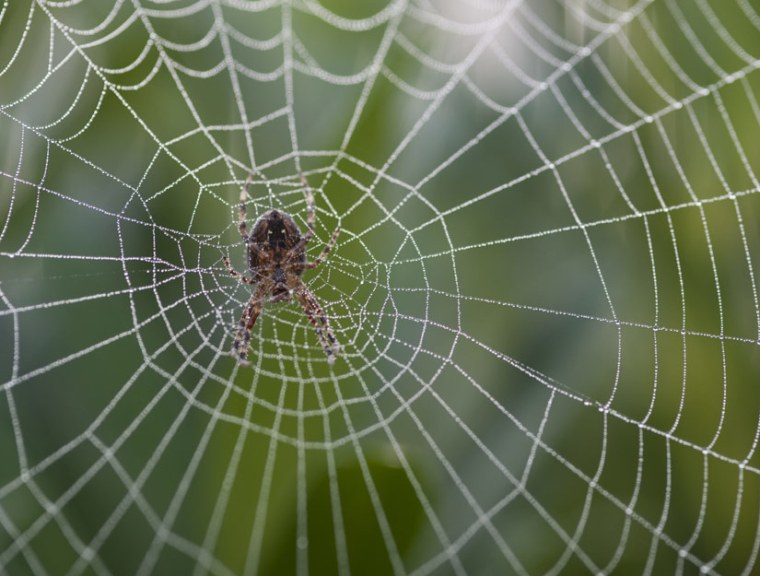Compared to tigers and other charismatic creatures on the threatened lists, spiders and other creepy-crawlies are usually overlooked and often scorned.
But a new study suggests that spiders, too, suffer from human activities around the world. In areas where people cut down trees, use pesticides or graze farm animals, among other activities, spider numbers drop.
Besides calling into question the myth of infinite resilience among spiders, the study offers a rare opportunity to point out how important spiders actually are — as both important predators of pest insects and indicators of environmental health.
"I am sure most of us have heard the story that if a new island raises above the sea, there will be spiders on it within three days," said Marcos Méndez, an ecologist at the Rey Juan Carlos University in Madrid, Spain. "Spiders have been considered as very good colonizers, even of inhospitable habitats. Our study provides a very different picture."
Spiders are one of the most diverse groups of creatures on Earth. They live in every type of ecosystem on land. And, as long as their level of diversity remains high, they are good at controlling pest insects. Yet, conservation scientists have generally neglected spiders in favor of other critters.
Some studies have suggested that farming and grazing activities harm spiders. But most of those studies have either focused on one type of land use in a single field or forest. Méndez and colleague Samuel Prieto-Benítez wanted a more global and cohesive perspective.
To begin, the scientists spent two years digging through the scientific literature for studies that reported the effects of human land-use activities on spider numbers. They turned up a total of 184 studies from five continents, ranging from sub-arctic to tropical habitats.
On farms and rangelands, human activities reduced the diversity and number of spiders, the researchers reported in the journal Biological Conservation. Fires, grazing, the use of insecticides and forest fragmentation were among the activities that challenged spider survival. And conventional farms were harder on the eight-legged creatures than organic farming was.
"We have documented widespread, negative effects of many land uses on spiders," said Méndez, who added that spider rebounds are possible if people change the way they use the land. "If we do not refrain from co-opting an increasing portion of natural land, spiders will suffer. And this will eventually backfire because we will lose the important environmental services they provide, such as pest control in agricultural fields or their important role as predators in forests."
Spiders are hard animals to love, acknowledged Rick Vetter, an entomologist at the University of California, Riverside. But studies like the new one are about much more than leggy arthropods. Like snails and other slimy, creepy or otherwise unpalatable creatures, spiders represent the habitats they live in.
"This is a bellwether of how healthy our world is," Vetter said. "To me, it's not always about saving species. It's more about trying to preserve as much of the world as possible. Otherwise, it's going to be all strip malls and concrete."
